LA Elements of Fiction and Vocab
1/56
Earn XP
Description and Tags
ELA 10
Name | Mastery | Learn | Test | Matching | Spaced |
|---|
No study sessions yet.
57 Terms
Setting
when and where a story takes place
Plot
what happens, the events as they occur
Conflict
a struggle between the main character and an opposing force
Theme
the underlying message
Point of View
-the narrator; who tells the tale
Mood
the emotional feeling of the story
Tone
-the author’s attitude toward the subject
Style
what makes the writing unique
Suspense
anxious anticipation
Symbolism
something represents something else (e.g. Heart represents love); a concrete object, item, place character, or action-represents an abstract idea.
Motif
a recurring symbol throughout a work which reflects the theme
Irony
a discrepancy between what is expected and what actually happens
verbal irony
what is said is different than what is meant

situational irony
something happens that we wouldn’t expect
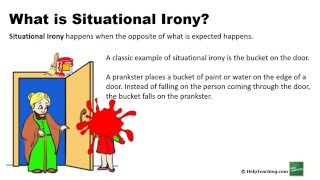
dramatic irony
readers know something that the characters don’t
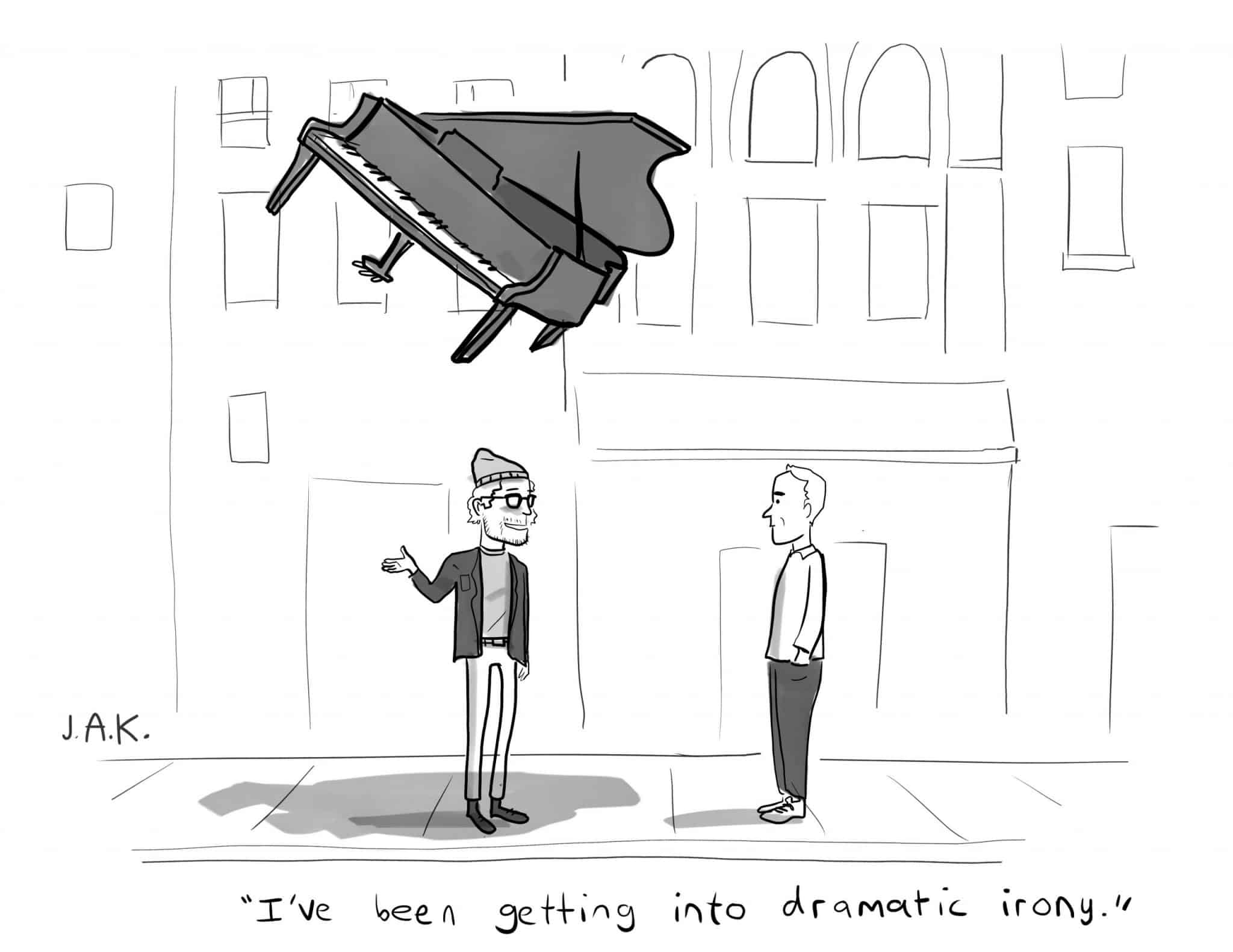
satire
exposes the vice and limitations of society; uses irony to create a humorous or empathic effect - literary genre
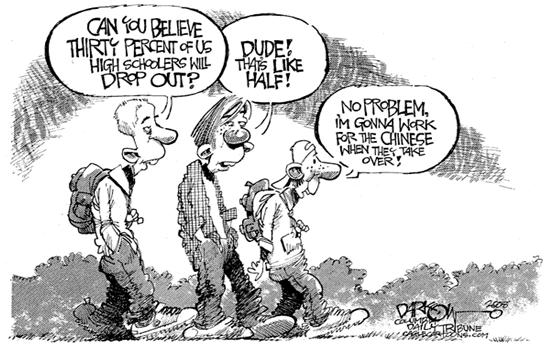
exposition
beginning that sets everything
antecedent action
what happens before the story
flashback
jumping back in time mentally to re-live a past event (usually antecedent action)
initial incident
a story must contain a problem to be solved or a goal to be reached
types of conflict
person vs. self - internal
person vs. person -external
person vs. society - external
person vs. nature - external
conventional symbol
widely recognized (romance→rose)

contextual symbol
meaning determined by author (CLAMP’s Tsubasa Chronicles- Sakura’s memories → feather)
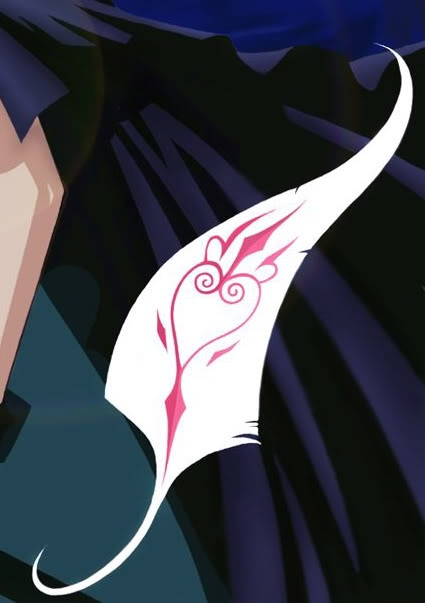
rising action
problem gets worse; rising action is developed primarily through incident, description, characterization, and dialogue. It is a series of events based on the conflict introduced in the initial incident; it is the complications that cast doubt on the eventual successful solution of the protagonist’s problem.
turning point
protag. is forced into action (won’t always be climax); it is the point of no return where the protagonist’s situation has changed.
falling action
after climax; finishes any scenes or episodes that are necessary to give the reader completion of the story
climax
most intense moment of suspense; affects outcome
resolution
ties up loose ends-it can be explained as “what happens to who.”
personification
the attribution of a personal nature or human characteristics to something nonhuman, or the representation of an abstract quality in human form.
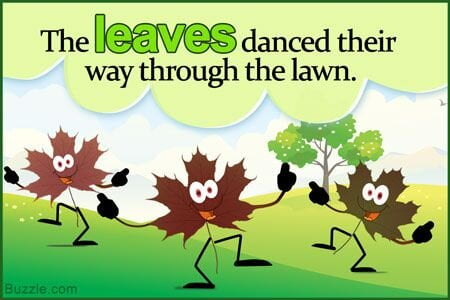
pathetic fallacy
the attribution of human emotion and conduct to things found in nature that are not human; often weather
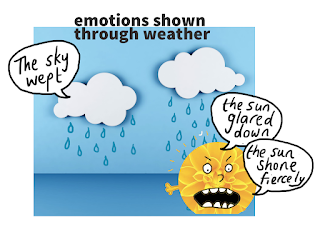
anthropomorphism
attribution of human traits, emotions, or intentions to non-human entities.

resignation
the acceptance of something undesirable but inevitable.
contempt
the feeling that a person or a thing is beneath consideration, worthless, or deserving scorn.
tension
mental or emotional strain.
courteous
polite, respectful, or considerate in manner.
proverb
simple, traditional saying that expresses a perceived truth based on common sense or experience. Proverbs are often metaphorical and are an example of formulaic language.
parable
a simple story used to illustrate a moral or spiritual lesson, as told by Jesus in the Gospels.
didactic
intended to teach something, particularly in having moral instruction as a motive.
anecdote
a short amusing or interesting story about a real incident or person.
happy ending
protag wins/succeeds (Cinderella’s ending)
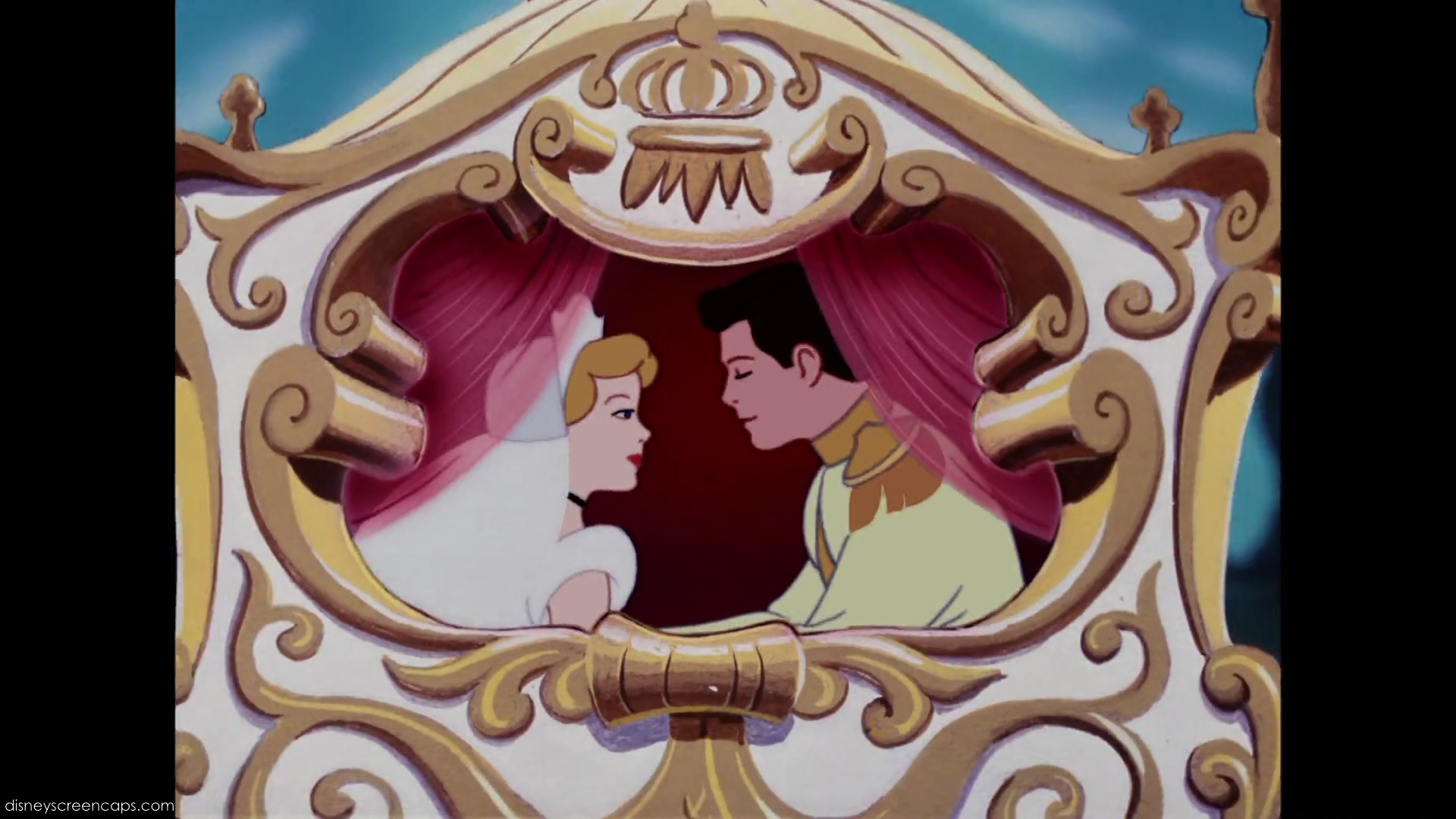
unhappy ending
protag defeated (Corpse Party’s alt endings)
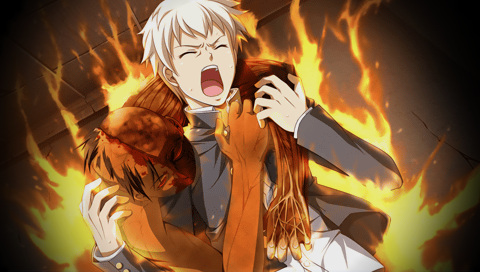
indetermined ending
readers are left no knowing if the protagonist will succeed (999’s coffin ending)
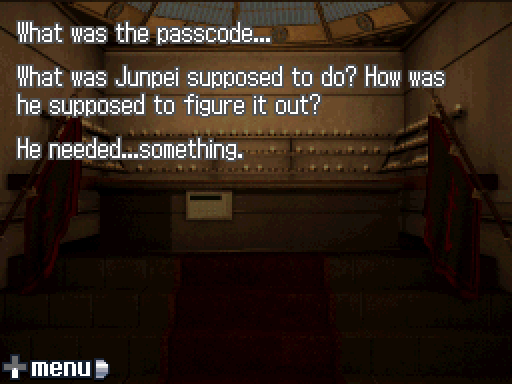
surprise ending
there is twist which the reader and the protagonist could not have expected
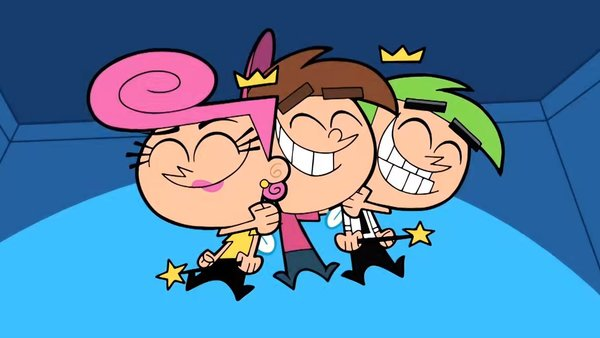
deus ex machina ending
an ending which seems artificial and contrived. It literally means “gods from a machine” Now, it is used to refer to an ending that doesn’t come naturally from the events of the plot.
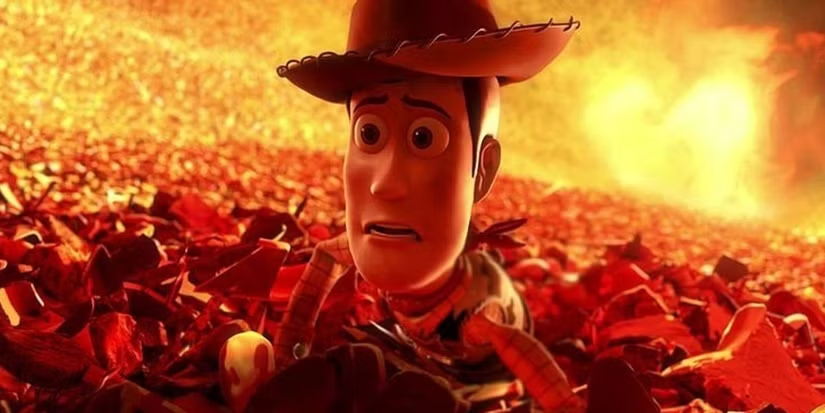
protagonist
centered focus of interest in the conflict
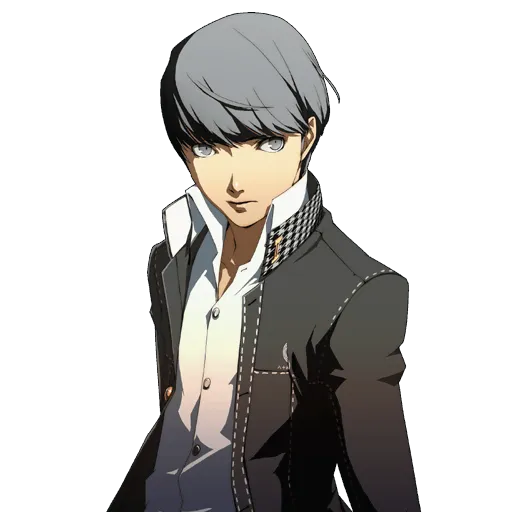
antagonist
character or force who is in opposition to the protagonist reaching his goal
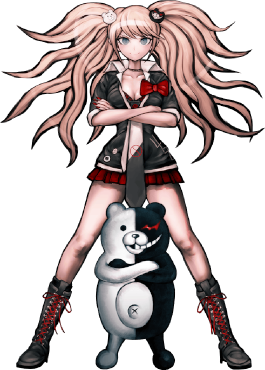
flat vs. round character
flat: summed up by one or two traits; limited - static
round: complex and has many traits; often protag - dynamic
static vs. dynamic characters
static- stays the same throughout the story
dynamic - develop and changes (can be good to bad; vice versa)
Stock characters
A character who is a stereotype(s); commonly known because of misconceptions
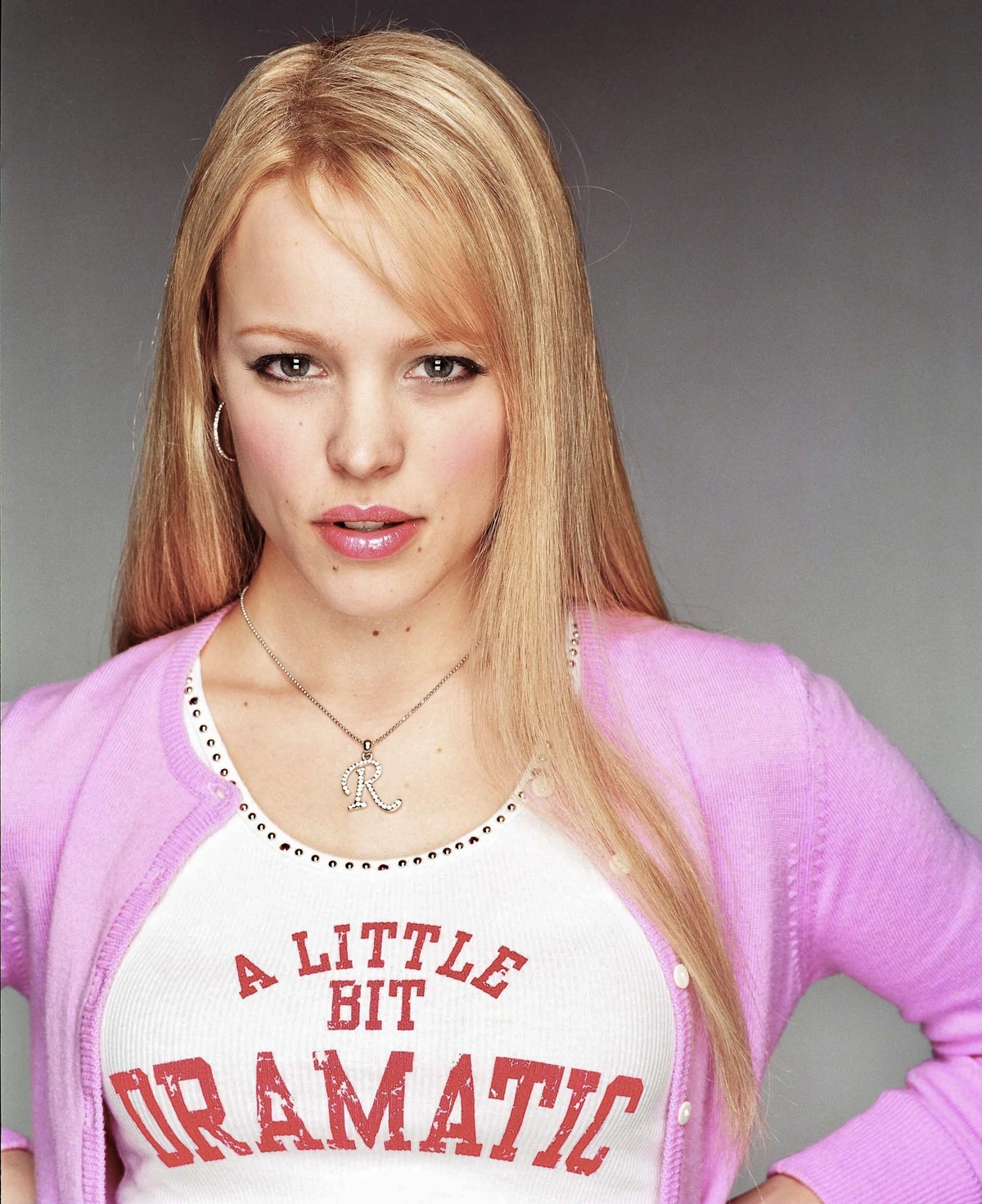
anti-hero
protag who is not a good guy and reader can’t gain sympathy for; follows personal code of conduct rather than society’s standard
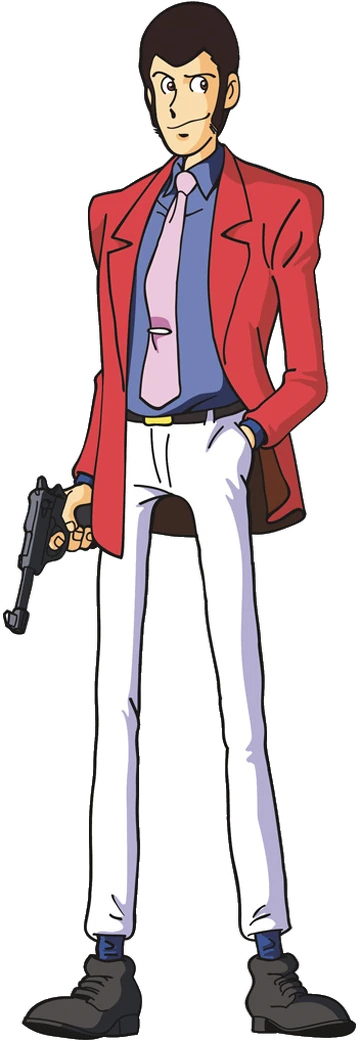
First-person POV
narrator is a character in the work
second-person POV
narrator refers to you as a character (fourth-wall) (many visual novels follow this)
objective third-person POV
author tells the story as through a camera
omniscient (third) POV
author tells the story. He sees and know all; no surprises
Limited (third) POV
limits his omniscience to one character about whom he knows all
archetype
universal pattern/symbol - can be good or bad and be the same
types of archetype
ruler
common man
magician
caregiver
jester/trickster
outlaw
explorer
sage
hero
buddy/friendship
quest